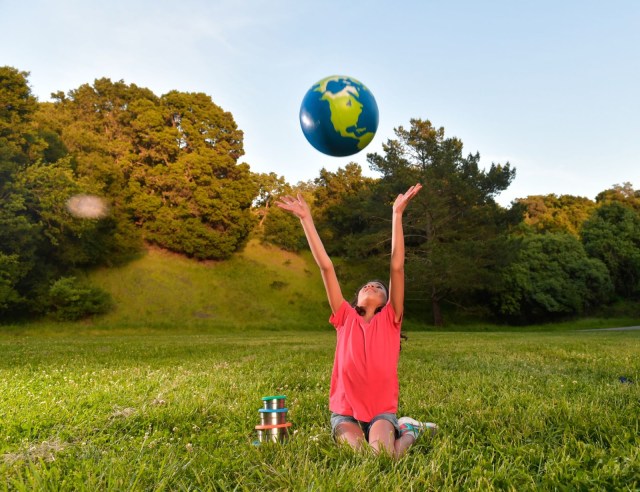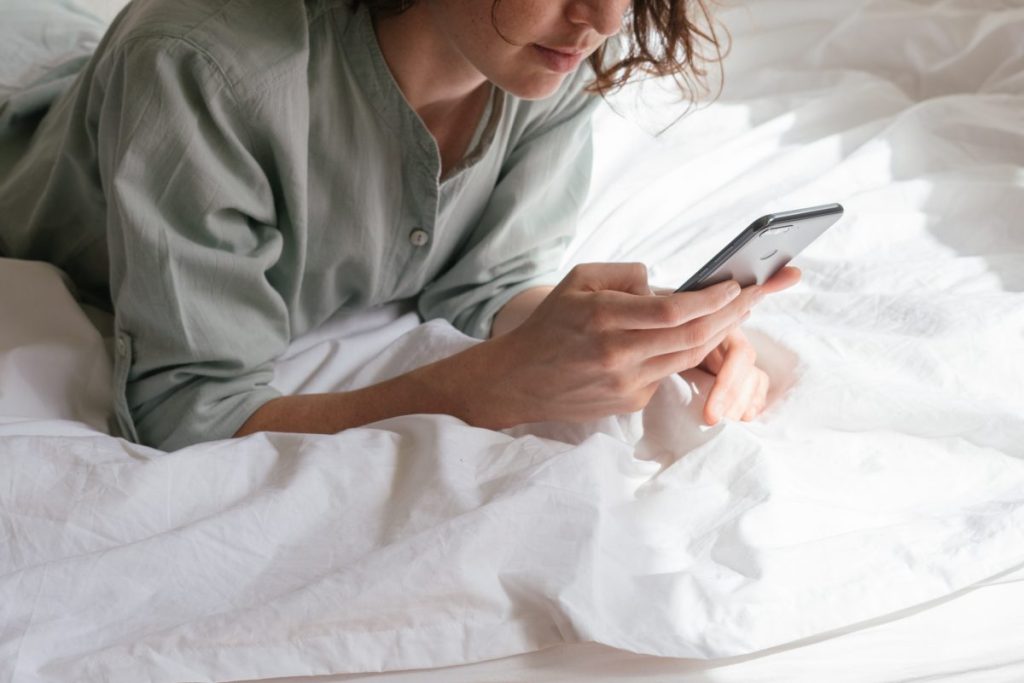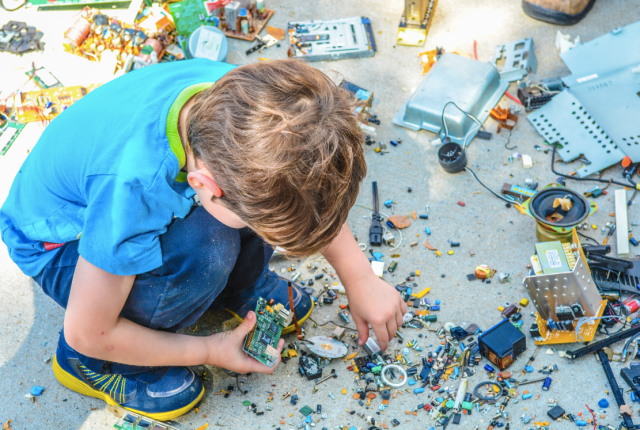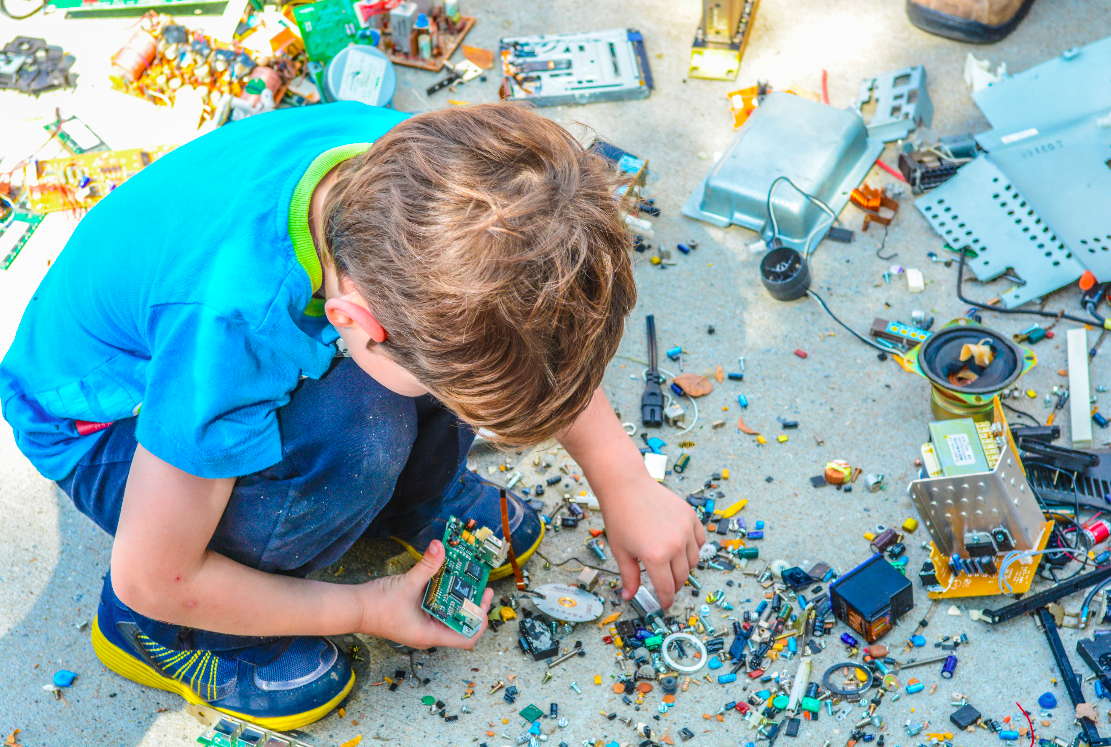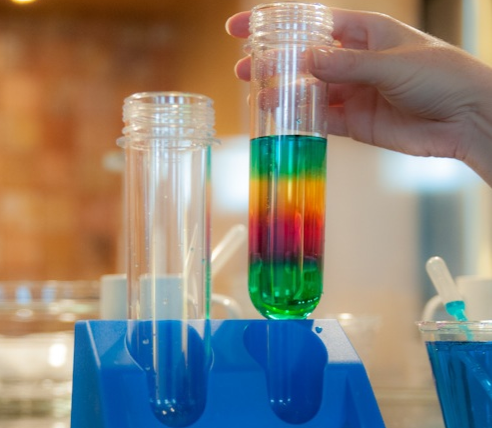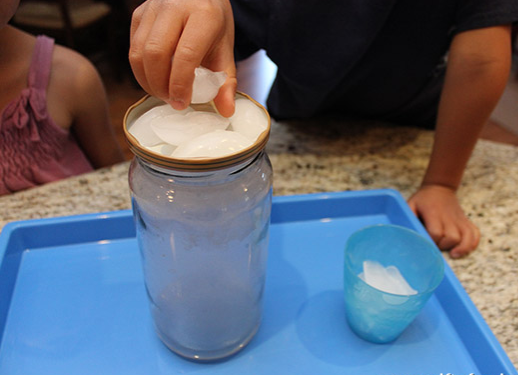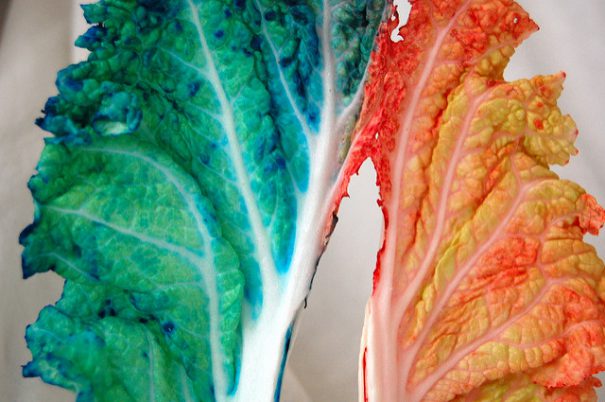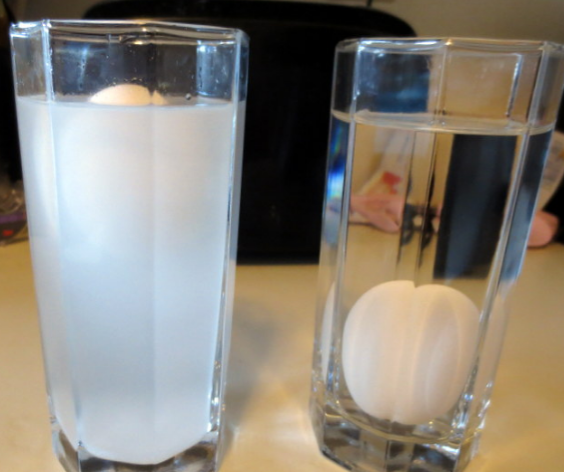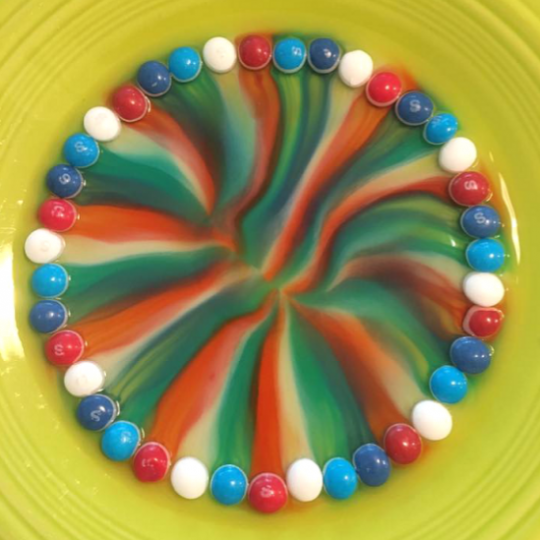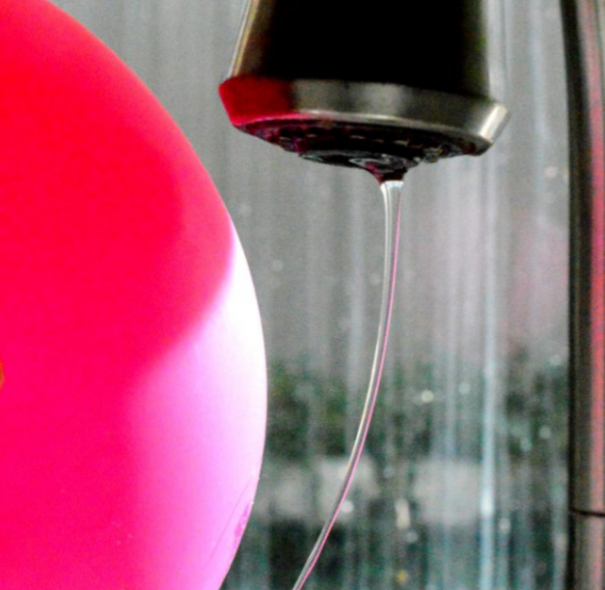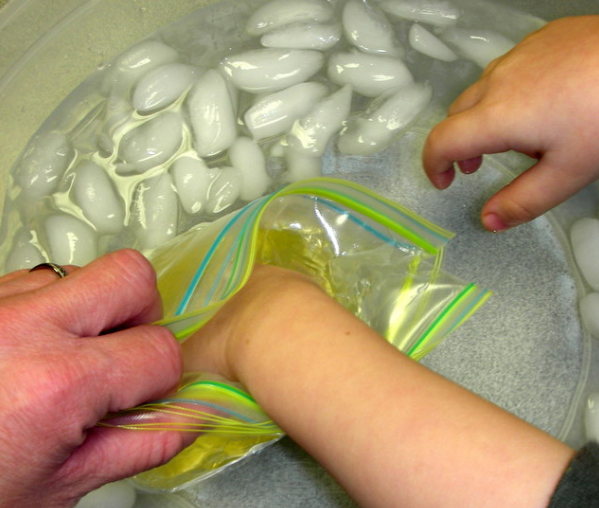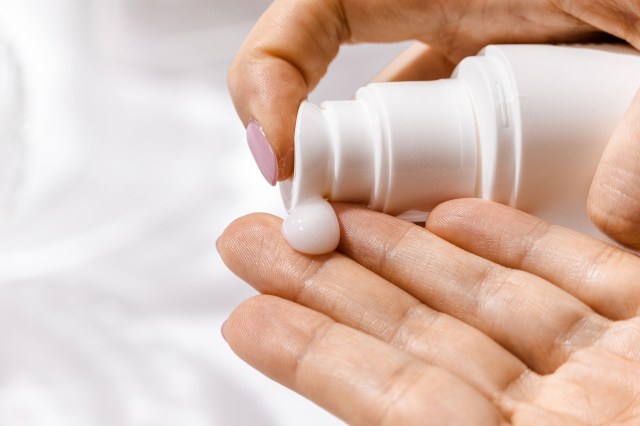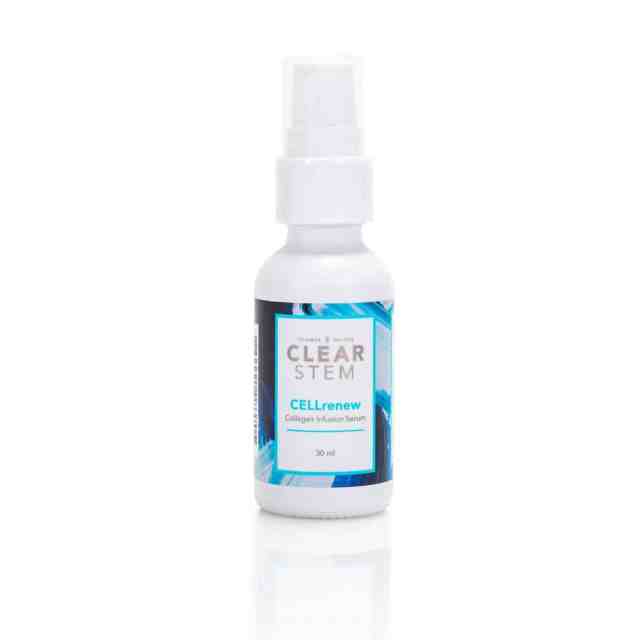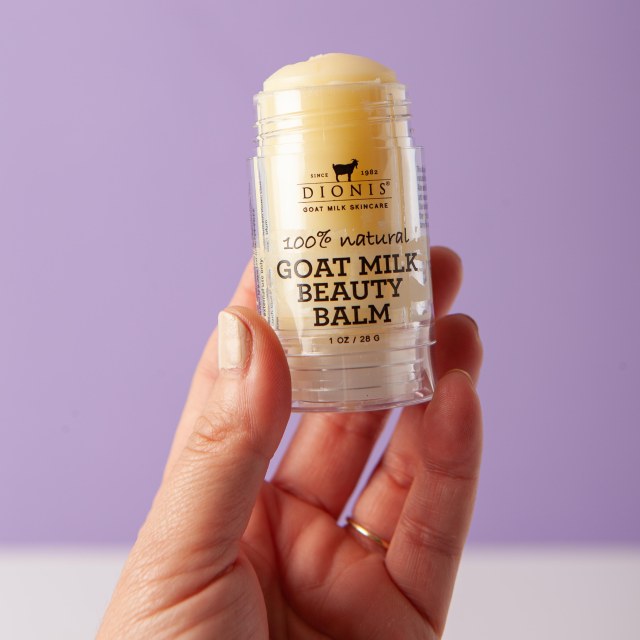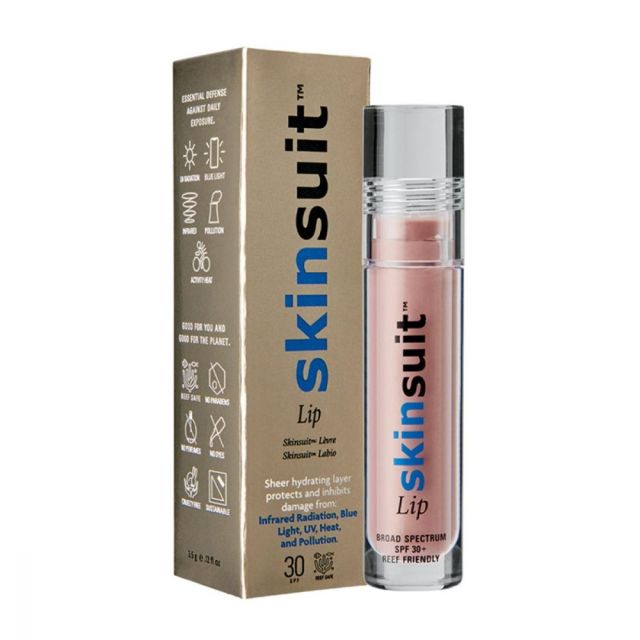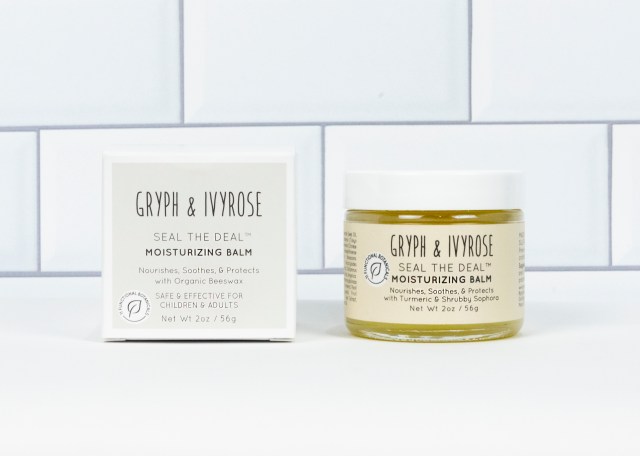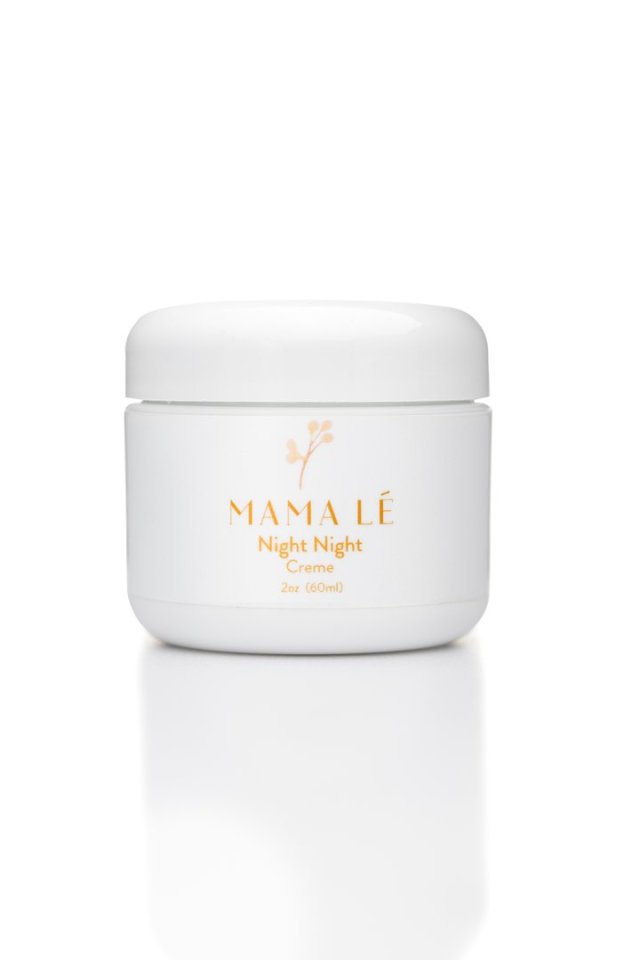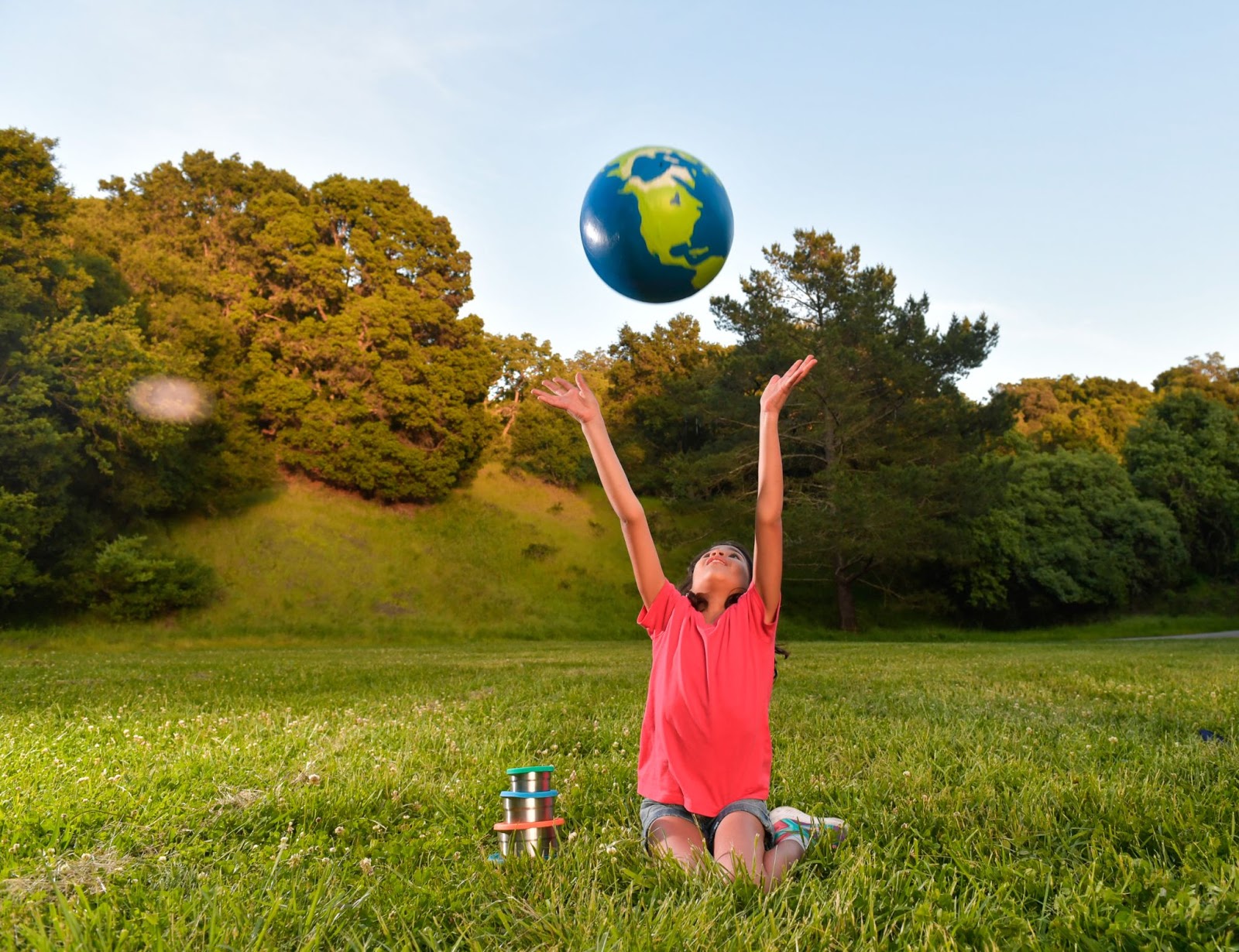
During the pandemic, single-use items reigned supreme as families doubled down on sanitation to protect themselves from the virus. With a little planning, we can still be planet superheroes while keeping ourselves safe and protecting our planet against the massive deluge of pollution stemming from the needless use of disposable masks, gloves, wipes and other trashy plastic items.
Small things we do every day can make the planet a greener and cleaner place for people and animals today and for future generations. Check out these 4 easy actions to give a KA-POW! to plastic pollution during a pandemic.
1. Villain: Pitiful Plastic Polluter / Superhero Action: Pick it up
If you see a face mask fluttering by in a park, washed up in a gutter or lost in a parking lot, you can safely help dispose of it so it doesn’t wash into our waterways and pollute our planet. Blue face masks and many other face coverings are made from plastic textiles like polyester. They don’t biodegrade. Don’t touch the waste with your bare hands to protect yourself from potential viral contamination. Instead have on hand a reusable garden glove, kitchen glove, trash picking stick or something else to take it safely to the trash for disposal. Follow the same steps for any other trash you see lost in the environment! Plastic trash isn’t just ugly, it’s also dangerous to wildlife who commonly mistake garbage for food.
2. Villain: Gross Garbage Gyre / Superhero Action: Pack a litter-less lunch
It’s time to reboot your lunch! For many of us, school and work have been happening at home, so we’ve fallen out of the habit of packing food to go. Remember to prevent plastic pollution in the first place by reducing or eliminating it from your daily routine. A perfect place to start is lunchtime. Pack reusable containers that are designed to be easy to use and easy on the environment. Packing your own containers to school every day can prevent more than a thousand pieces of trash.
3. Villain: Trashy Takeout / Superhero Action: Refuse Single Use Takeout Items
When you purchase takeout, make sure you leave a note in the online ordering portal or with the telephone order taker specifying that you do not want any single-use extras packed with your meal. Say goodbye to making single-use plastic cutlery, single-serving ketchup and other condiment packets, and disposable napkins the new normal. You can go even further and ask restaurant managers to stop automatically including these single-use throw-aways with orders and provide them only upon customer request. Recommend biodegradable birch or bamboo utensils in lieu of throw-away plastic cutlery.
4. Villain: Ugly Online Orders / Superhero Action: Choose Plastic-Free Shipments
When shopping online, choose companies with planet-centric shipping practices that carbon offset shipments by packing all orders plastic-free (kraft tape instead of plastic, recycled dunnage paper instead of peanuts and plastic pillows, recyclable cardboard boxes instead of trashy padded plastic envelopes).
Insider Tip: If you’re buying from Amazon, go to amazon.com main search bar and enter keywords “Amazon Customer Service,” select chat, and request that you want your account flagged to receive plastic-free shipments. (Note: Requesting may or may not result in plastic-free shipments depending on your service area, but at least you’re sending a message to Amazon that you don’t want plastic waste in your shipments.) For other stores, add a customer note at checkout requesting a plastic-free, carbon offset shipment or send an email to the company.
For more tips, check out “Say Goodbye To Plastic: A Survival Guide For Plastic-Free Living” and help make plastic-free living a reality in your home.
